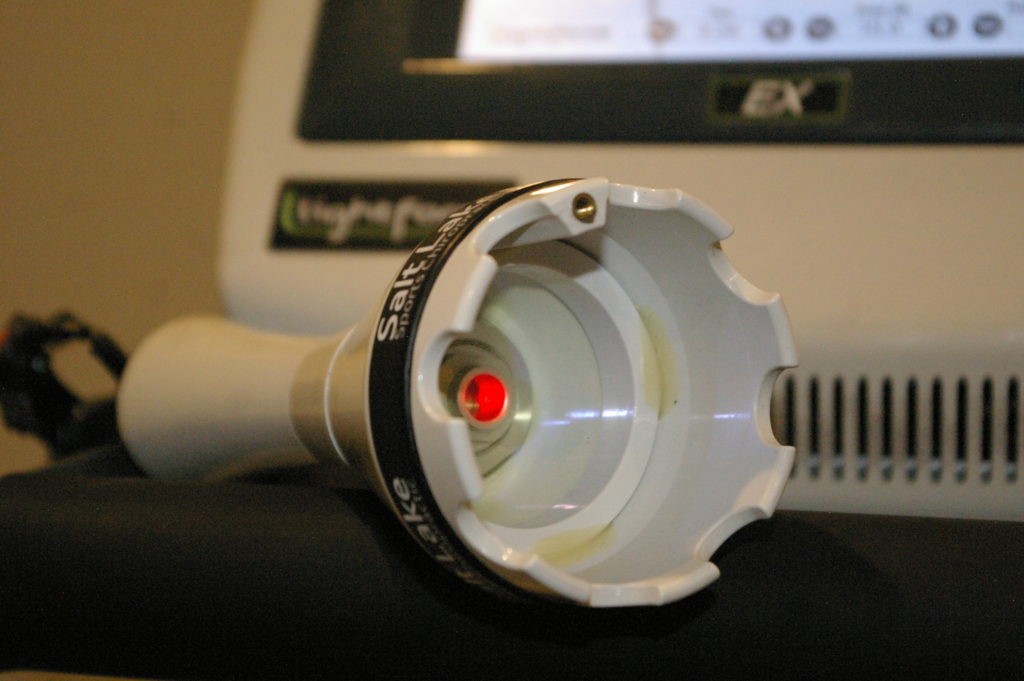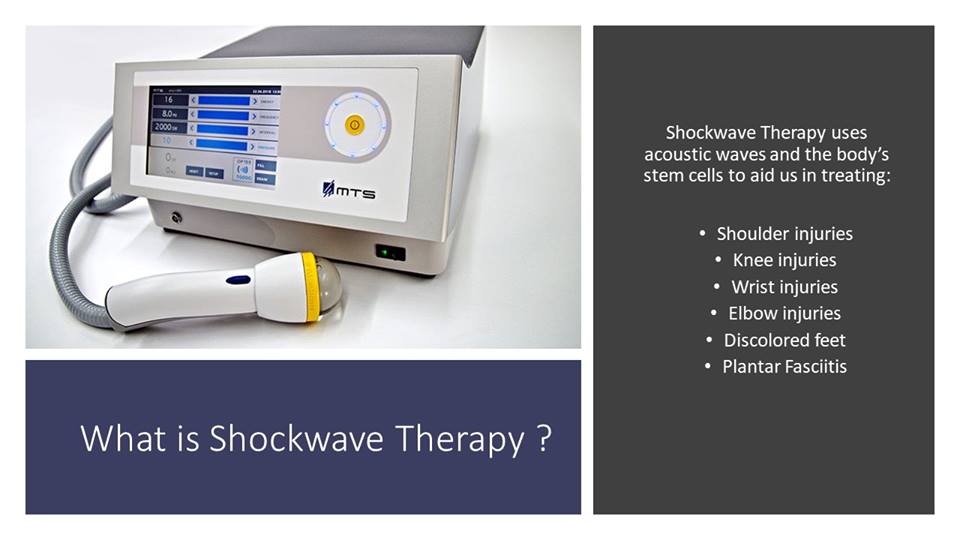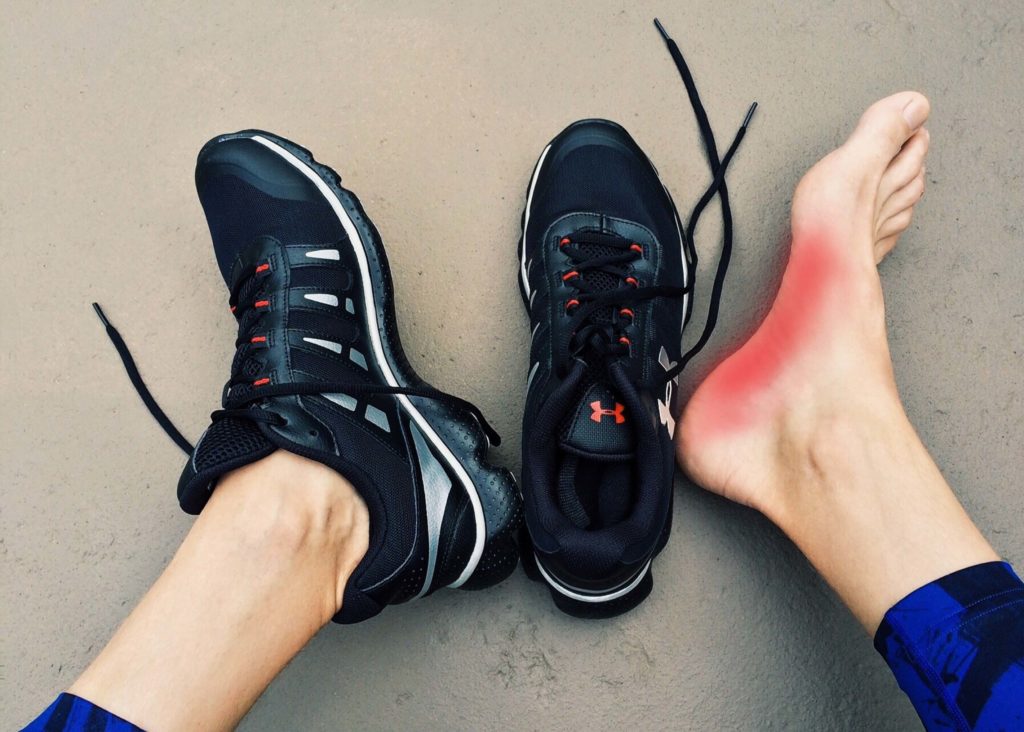What is Plantar Fasciitis?
It is one of the most common causes of heel pain according to the Mayo clinic. It involves inflammation of the plantar fascia, which is a band of thick tissue that runs across the bottom of the foot connecting your toes to your heel and turning into the achilles tendon and calf muscles.
Plantar fasciitis commonly causes a stabbing pain that normally occurs with the first steps in the morning. After getting up and moving more, the pain will normally decrease. But it may return after standing for long periods of time or going from sitting to standing. It is more common in runners, other risk factors are being overweight, inadequate foot support, standing for long periods of time, dancing or ballistic jumping activities.
Complications
If ignored plantar fasciitis could result in chronic heel pain that hinders or changes your regular activities. Changing the way you walk to minimize your foot pain could lead to foot, knee hip and or back pain as compensation.
Treatment options
Orthotics- You might be able to find relief by having custom made or fitted arch supports (orthotics) to help disperse pressure through your feet more evenly. In the office we offer Foot levelers orthotics.
Deep tissue laser therapy- Laser therapy is a non-invasive, drug-free, and surgery-free way to treat the body and decrease pain & inflammation. It is a technologically advanced treatment that uses light energy to accelerate your body’s own natural healing processes to help speed recovery.

Exercises- Using specific exercises to strengthen the foot can help long term in correcting the biomechanical problems in the foot. One of the main causes of plantar fasciitis is weak foot muscles, causing the arch to collapse which increases tension and irritation to the plantar fascia.
Extracorporeal shock wave therapy- This procedure uses sound waves directed at the area of heel pain to stimulate healing. It shows excellent
results, reducing the swelling and pain in the treated area.

Injections- Steroid medications injected into the tender areas may provide a temporary pain relief, but it is NOT a good long term option due to the risks associated with multiple injections such as weakening of the plantar fascia and bones of the foot. platelet rich plasma (PRP) under ultrasound guidance, could be another option with less risks of tissue rupture.
Soft tissue therapy- This can be done multiple ways. There is massage therapy, Instrument assisted soft tissue mobilization, Cupping etc. This works by reducing scar tissue.




